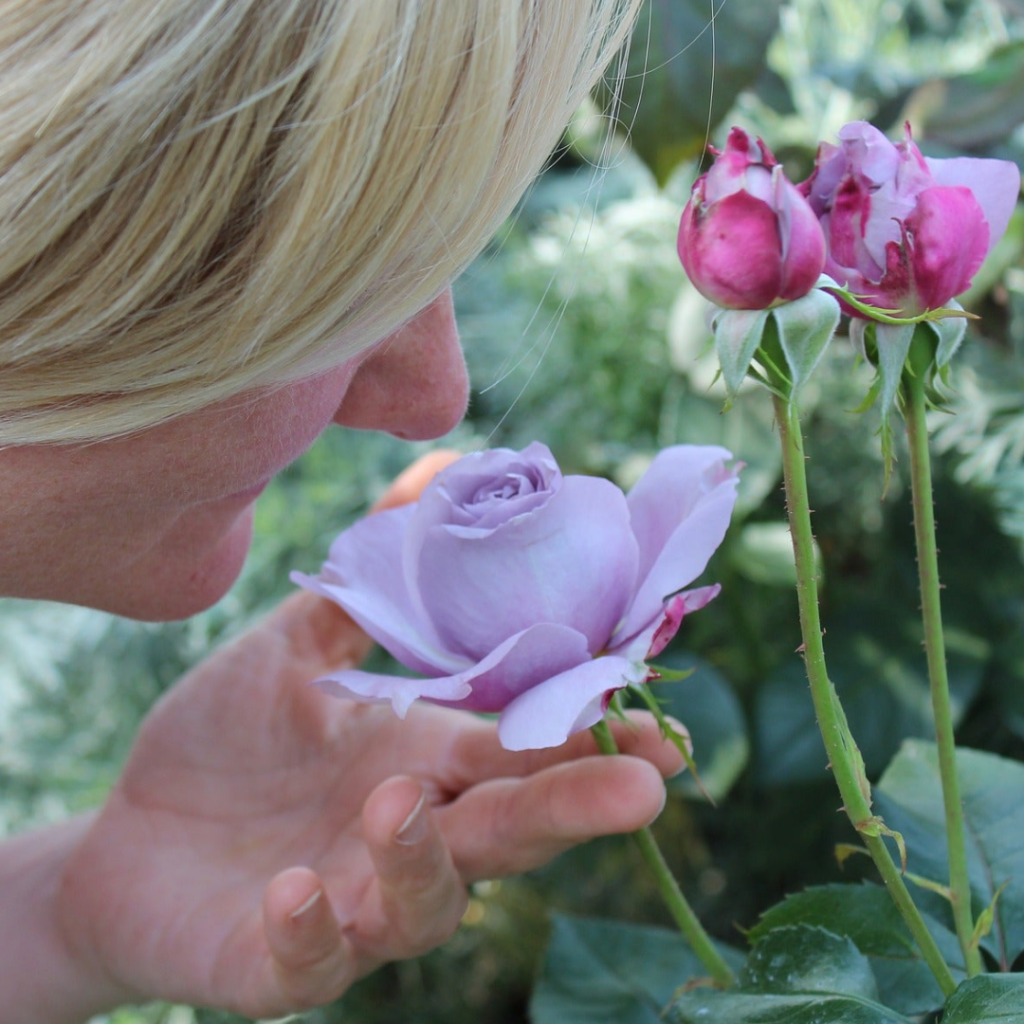As writers, we tend towards language which visually describes our characters and the settings in which we place them. Imagery helps too, as in this sentence – describing washing on a line – from an unpublished short story of my own which a fellow author commented on as helping them visualise the scene.
‘The way that blouse shimmied in the breezes is how the beech leaves shimmer with the sun on ’em.’

But sight is not the only sense humans possess of course. There’s also hearing, taste, touch and smell. Too often writers neglect or under-utilise the senses in novels, especially when we’re taught to be sparse and not be led into the temptation of ‘purple prose’, ie over-elaborate use of imagery.
Using the senses will immerse the reader in your novel’s world
However, used sparingly and appropriately, we can immerse the reader in the world of our story by conjuring their own sensory experiences. We can play on their memories of the feel of something, a taste, a smell, a sound, to bring the character or the scene alive to them. Think about this for yourself: the smells which suddenly transport you back to childhood, or the music which has you loitering in memory lane, smiling, or maybe crying. Being reminded of these experiences should make the book seem more real to us.
Great examples to get you thinking
My author friend and evocative writer Dreena Collins, gave me some excellent examples from her own research of how the senses have been deployed in well-known works. Here are just two.
The first beautifully uses touch to describe a sound, and is from Anthony Doerr’s gorgeously written novel All The Light we Cannot See:
“His voice is low and soft, a piece of silk you might keep in a drawer and pull out only on rare occasions, just to feel it between your fingers.”
Doerr could have written: ‘His voice is smooth, silky’, a common enough image, and therefore one the reader is likely to pass over. Extending the metaphor enriches it and brings it alive in our heads.
The second starts us off in serious mode – musty, damp, haunted, ghosts – before flipping into light banter with good effect, matching the overall slightly flippant tone of the novel as a whole. It’s from Neil Gaiman’s American Gods:
“The house smelled musty and damp, and a little sweet, as if it were haunted by the ghosts of long-dead cookies.”
Long-dead cookies … I can smell them, can you? Love it.
Applying this in our own writing
So how do we successfully use the senses in our own work? The most important thing is to be aware of the need. Even at first draft stage of a novel or story, we can consciously highlight situations where invoking the senses would lift the writing, even if we can’t think of the best way to do so at the time – come back to it later, after mulling no doubt.
As for the words themselves – to think of the equivalent of long-dead cookies – reading the likes of Gaiman, Atwood, Boyd, Mantel (her work is lusciously full of sensory writing) – there are many – will help build your own armoury of language.
It doesn’t have to be sophisticated. Let’s end with this charming piece from Kenneth Graham’s Wind in the Willows, which uses all the senses to bring us Toad’s contentment brought about by a piece of buttered toast.
When the girl returned, some hours later, she carried a tray, with a cup of fragrant tea steaming on it; and a plate piled up with very hot buttered toast, cut thick, very brown on both sides, with the butter running through the holes in it in great golden drops, like honey from the honeycomb. The smell of that buttered toast simply talked to Toad, and with no uncertain voice; talked of warm kitchens, of breakfasts on bright frosty mornings, of cosy parlour firesides on winter evenings, when one’s ramble was over and slippered feet were propped on the fender; of the purring of contented cats, and the twitter of sleepy canaries.
Happy writing.
As ever, let me know your views on any of this. I love to chat about writing!
Find more writing tips here. Search for topics using the search bar at the bottom of the page.